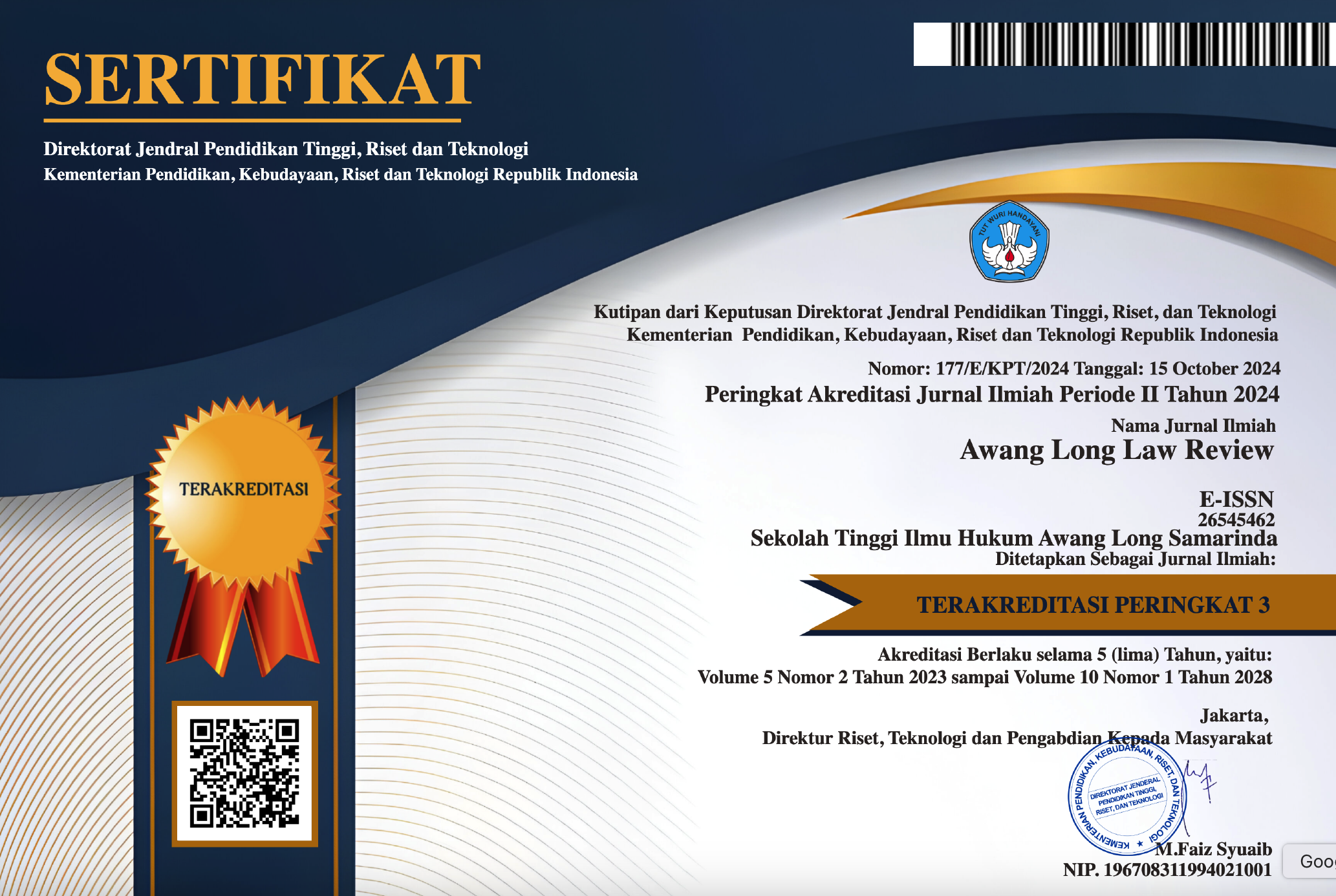THE EFFECTIVENESS OF ADVALOREM RATE POLICY IN MINIMIZING THE CIRCULATION OF OTHER TOBACCO PROCESSING PRODUCTS (HPTL) ILLEGAL ELECTRIC CIGARETTE LIQUID/E-LIQUID
Abstract
One type of Other Tobacco Processing Products (HPTL) in the form of e-cigarette liquid/e-liquid, based on the provisions of PMK Number 146 of 2017, the product is subject to excise duty of 57%, the provisions of which will take effect on July 1, 2018. Along with the times, e-cigarettes or The so-called E-Ciggarette has become a trend among young people, because it carries the label as an alternative cigarette to replace conventional cigarettes (cigarettes). With so many e-liquid sales in circulation, there is also the potential for e-liquid to be sold illegally. The research method used is normative juridical research. The conclusion is the effectiveness of the advalorem tariff policy in minimizing the illegal circulation of HPTL e-cigarette liquids/e-liquids, so a legal system theory is needed. Krecitation in the effectiveness of the advalorem tariff policy in minimizing the illegal circulation of HPTL e-cigarette liquids/e-liquids. Pfirstly, the legal structure, secondly legal substance, thirdly, legal culture and regarding the policy factors for the imposition of maximum advalorem excise rates (57%) by setting basic prices that do not follow market price trends, to HPTL in particular e-cigarette liquid/e-liquid, has created a fairly wide price disparity between the bandrol price (the price determined by the government) and the market price, so that it has the potential to cause circulation e-cigarette liquid/e-liquid illegally.
Downloads
Copyright (c) 2021 Awang Long School of Law

This work is licensed under a Creative Commons Attribution-ShareAlike 4.0 International License.







